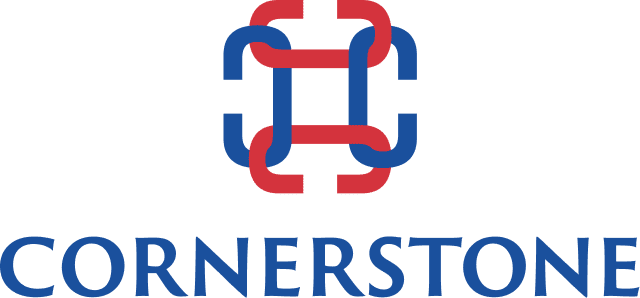Facing the Turnover Tsunami
As the dire threat of the COVID pandemic came into focus, it seemed reasonable to assume a cold, cleansing wave to sweep through the business leadership class, nature ensuring that not all CEOs were up to the challenge and Boards fearful of what they had.
It didn’t happen. In the U.S., according to the Conference Board, in the first half of 2020 only 71 companies in the Russell 3000 Index (top 3,000 by market cap) announced CEO successions, 11% lower than the average turnover level.
The pace picked up in the second half, ending the year at a “normal” 11.6%. Seemingly, companies chose to stick with the generals they had at the outset, but thought better of it as the dust started to settle.
Now, after a year and a half of total disruption of the workforce and work patterns, we have a better idea of the where the structure will start to buckle. A new report suggests that a stunning 52% of workers will be looking for new jobs this year.

52% of workers will be looking for new jobs this year.
It is an incredible expectation, but no longer a total surprise. As the pandemic dragged on and most workers were challenged by an upheaval in how and where they worked. Experts began to recognize this was an insurmountable aggregation of stress and coined the phrase “turnover tsunami”.
With each day, this seems less of an exaggeration, notably because of the diversity of the challenge:
- Many people, possibly most, have found that working at home is extremely stressful. Especially so for women, single parents or young families with husband and wife both working
- Equally, young upwardly mobile workers especially miss the social input and career opportunities of the office as destination
- For every company that can adjust and benefit economically from a dispersed workforce, there’s another, notably in manufacturing, which MUST restore a common workplace.
- Inevitably, the role of work itself is being questioned. For some time now, several countries have been addressing the work-life balance, using technology to establish a shorter work week. Spain is the latest country to experiment with a 32-hour week.
Then we have the economics to consider. Many cities witness a daily flood and ebb of 300,000 or more people into the metropolis. Consider the impact on retail merchants or the business of office tower managers and owners, or the transportation planners if that slows to a trickle.
The Big Picture, then, is not much comfort.
So let’s re-focus on the microorganisms supporting all this uncertainty, the actual company workplaces of the world, and you’ll wish you hadn’t. How much of a mess do you think will be left behind if and when we ever do master the scourge of COVID?
Turnover is costly. At the threatened 50+%, it would be devastating. Think about the expensive processes behind recruiting, hiring, and training, the time spent onboarding a new team-member.
When an employee leaves, you have to re-distribute duties to other team-members who are no doubt reaching their own tolerance thresholds. And you lose a valuable resource with possibly years of institutional knowledge.
It would seem the obvious strategy would be to minimize the talent loss to the greatest extent possible. Which brings us full circle to the issue of leadership – what type of leader is required, where do you find him or her and how do you recognise them.
The Association of Executive Search and Leadership Consultants is the global standard bearer of quality and ethics in the business of hiring executive talent. (Cornerstone International Group is proud to be a long-standing member.) Earlier this year, the AESC surveyed its Regional Councils as to the issues dominating their clients’ thinking.
Overwhelmingly, the top issue is hiring leaders who can drive, rather than just ride, this “tsunami of change”. The report opens up by saying:
“Covid-19 has been a stress test for traditional leadership. Transformation and the pace of change are no longer new. Leading through transformation at a breakneck pace in the midst of a global pandemic, however, is unprecedented.”
We will be visiting this report in future posts and CIG also plans to survey clients of our 60+ members worldwide. Meanwhile, you can read the AESC report here.
We are only halfway through what will likely end as the most memorable year in the lives of most people. It’s hard to think of any confluence of events more potentially disruptive since the Industrial Revolution.


